Norway’s dramatic fjords harbor remote communities that experience complete winter isolation when towering mountain passes become impassable and ferry routes freeze over. These villages, nestled deep within steep-walled valleys carved by ancient glaciers, face months of separation from the outside world as snow accumulates to depths that can bury entire buildings. The combination of extreme latitude, mountainous terrain, and maritime climate creates conditions where some communities remain accessible only by helicopter or snowmobile for half the year.
From fishing villages clinging to fjord shores to farming settlements perched on narrow ledges between mountain and sea, each community has developed unique strategies for surviving complete winter isolation. Here is a list of 20 Norwegian fjord villages that become completely cut off by snow during the harshest winter months.
Geiranger
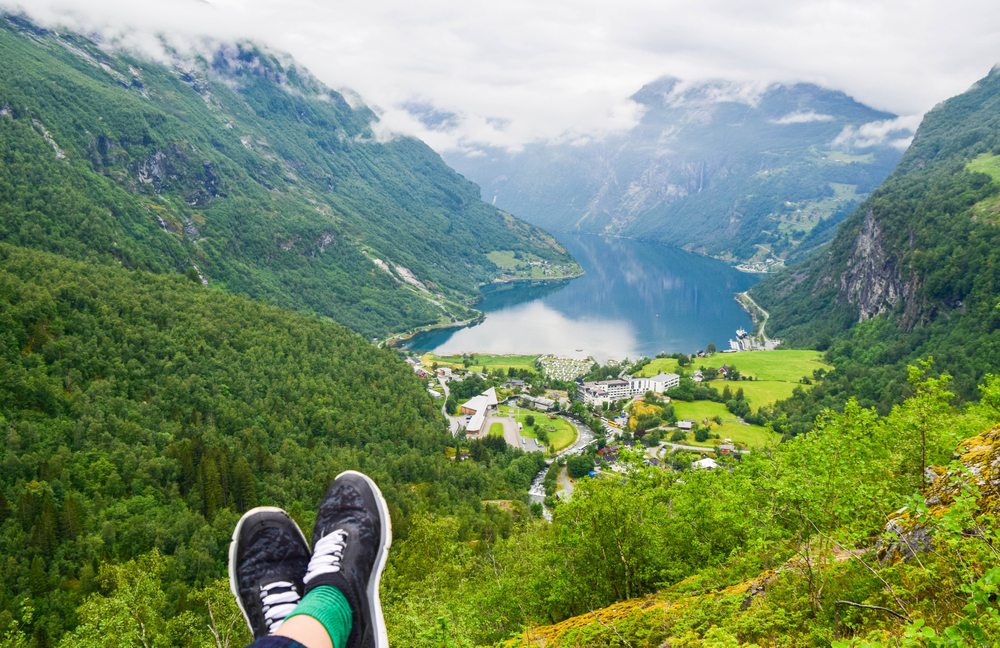
This UNESCO World Heritage fjord village becomes completely inaccessible by road from November through April when the mountain passes accumulate snow depths of more than 20 feet. The village of 250 residents relies on helicopter deliveries for emergency supplies and medical evacuations during the period of isolation.
The dramatic Seven Sisters waterfalls freeze into spectacular ice formations, while the village maintains traditional wood heating and food preservation methods that have sustained communities through countless isolated winters.
Flåm
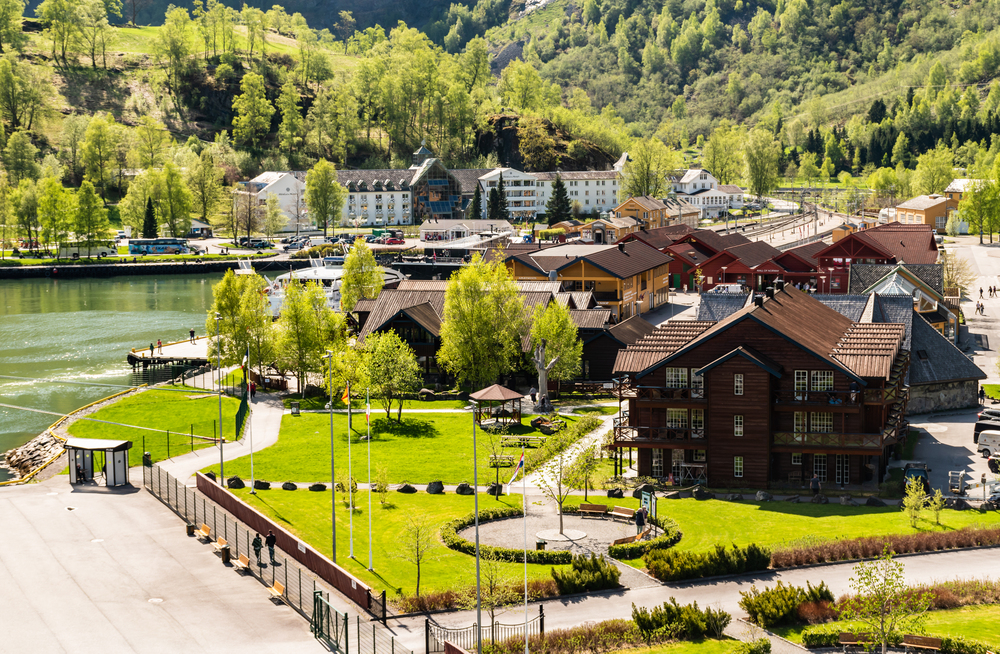
Located at the innermost reach of Aurlandsfjord, this village of 350 people faces complete road isolation when the mountain tunnels and passes become impassable due to avalanche danger and extreme snow accumulation. The famous Flåm Railway shuts down completely during the harshest winter months, leaving helicopter access as the only connection to the outside world.
Residents stockpile supplies beginning in October and maintain traditional skills, such as ice fishing and winter hunting, which provide fresh food throughout the isolation period.
Like Travel Pug’s content? Follow us on MSN.
Undredal
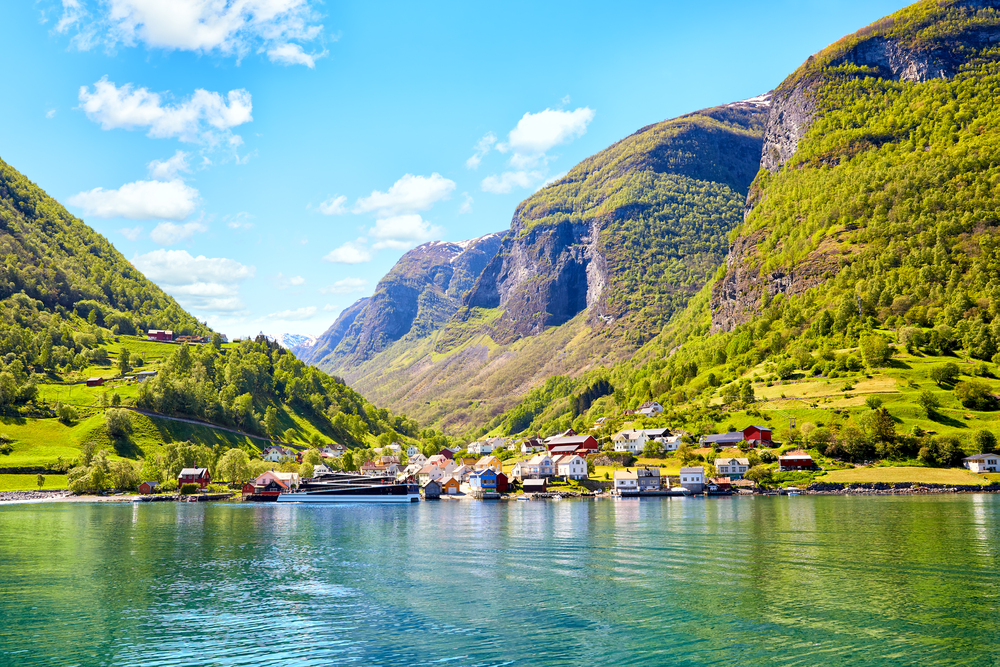
This tiny village, with just 80 residents, becomes one of Norway’s most isolated communities when snow blocks the single mountain road and fjord ice prevents boat access. The village maintains traditional goat farming and cheese production, which provides protein throughout the winter.
Meanwhile, residents rely on wood-burning stoves and kerosene lamps when power lines fail under heavy snowfall. The community has developed elaborate snow removal protocols and maintains emergency food caches that can sustain everyone for months if supply helicopters are unable to reach them.
Nærøyfjord Villages
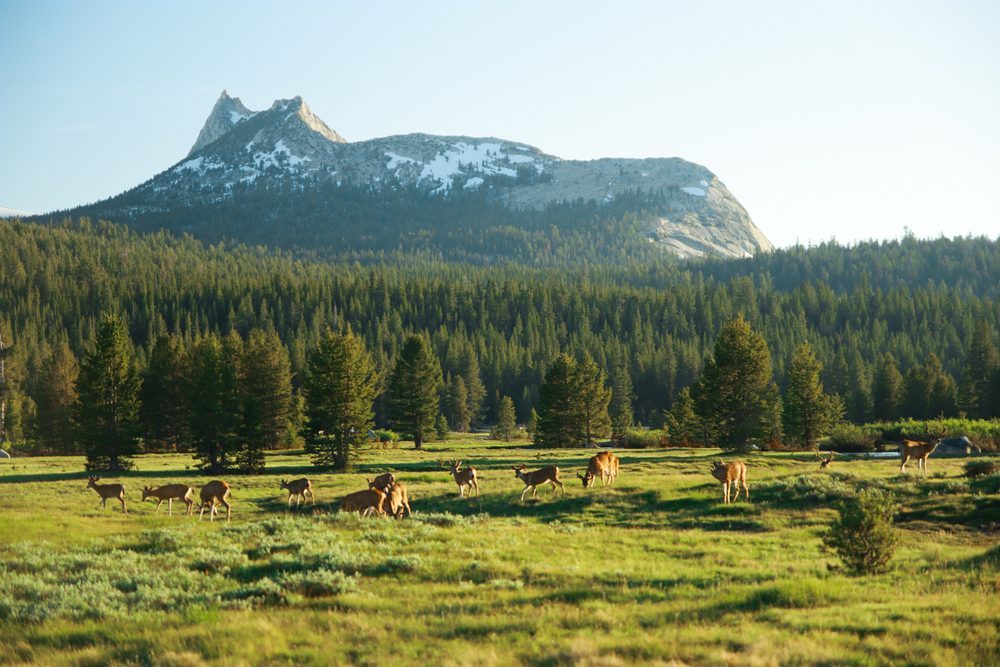
Several small settlements along this narrow UNESCO fjord become completely isolated when snow avalanches block the limited road access and ice formations make boat travel impossible. The villages maintain traditional preservation techniques for fish and meat that provide nutrition throughout the isolation period, while residents coordinate shared resources and labor to maintain essential services.
Emergency communication relies on shortwave radio systems that can reach rescue services even when cellular towers fail under heavy snow.
Gudvangen
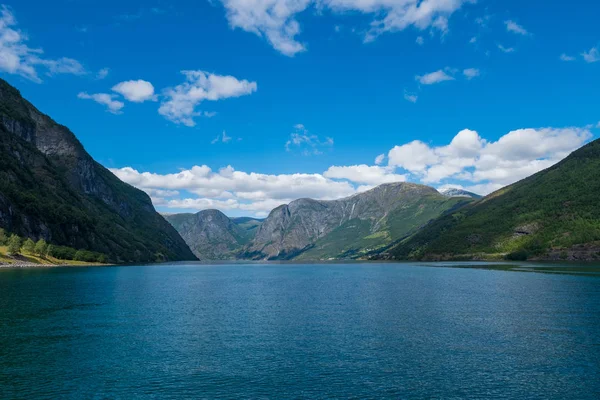
This historical village at the head of Nærøyfjord faces complete isolation when mountain roads close and the fjord develops ice formations that prevent boat access. The 95 residents maintain traditional Viking-era survival techniques, including smokehouse preservation and root cellars, which keep food fresh throughout the winter isolation.
The village operates a volunteer emergency response system where residents take turns monitoring weather conditions and maintaining communication equipment that can summon helicopter rescues when necessary.
Like Travel Pug’s content? Follow us on MSN.
Lærdal
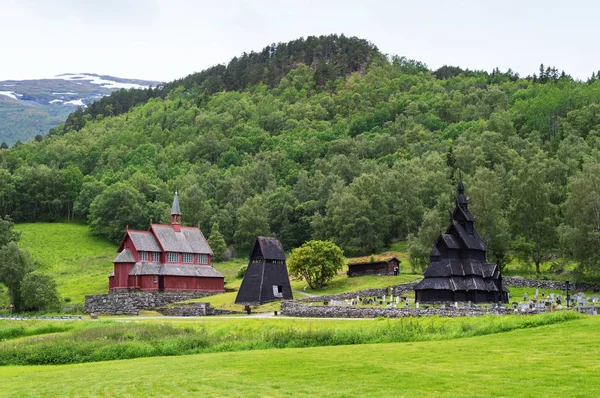
Despite being larger than many fjord villages, this community of 2,200 people can become completely cut off when the mountain passes close and avalanche conditions make road travel impossible. The village maintains extensive snow removal equipment and emergency shelters, but residents still rely on traditional preservation methods and wood heating during extended isolation periods.
The community has developed sophisticated avalanche prediction systems and maintains emergency food distribution centers that can supply everyone during extended periods of helicopter supply interruption.
Åndalsnes

This village of 2,150 residents becomes isolated when the dramatic mountain passes accumulate snow, and avalanche conditions make the scenic routes impassable for months. The community maintains traditional fishing techniques through ice formations and operates wood-burning heating systems that function independently of outside fuel supplies.
Residents coordinate neighborhood support networks that ensure elderly and vulnerable community members receive assistance throughout the isolation period.
Stryn
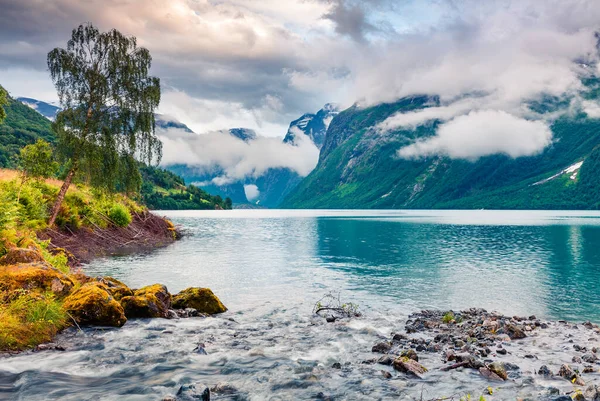
Located at the head of Nordfjord, this village faces isolation when the mountain passes close and ferry services suspend operations due to ice conditions. The 2,700 residents maintain traditional farming practices that provide root vegetables and preserved foods throughout winter, while the community operates emergency services using snowmobiles and cross-country skiing for local transportation.
The village maintains traditional crafts and indoor activities that help residents maintain mental health during months of isolation and darkness.
Like Travel Pug’s content? Follow us on MSN.
Loen
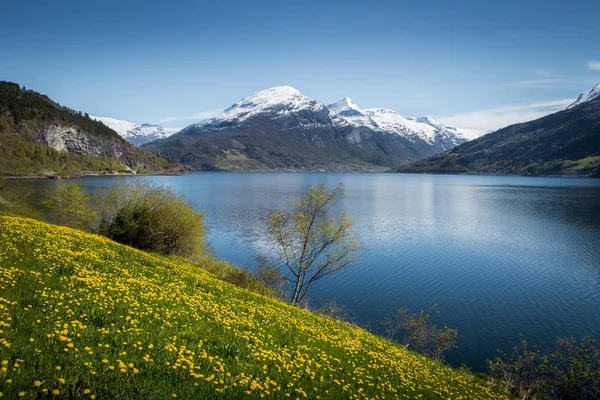
This small village becomes completely cut off when the mountain roads close, and Nordfjord develops ice conditions that prevent boat access. The 350 residents rely on traditional fishing through ice and maintain extensive food preservation operations that began with autumn harvests.
The community has developed elaborate snow management systems and maintains heated communal gathering spaces that serve as emergency shelters and social centers during the isolation period.
Olden
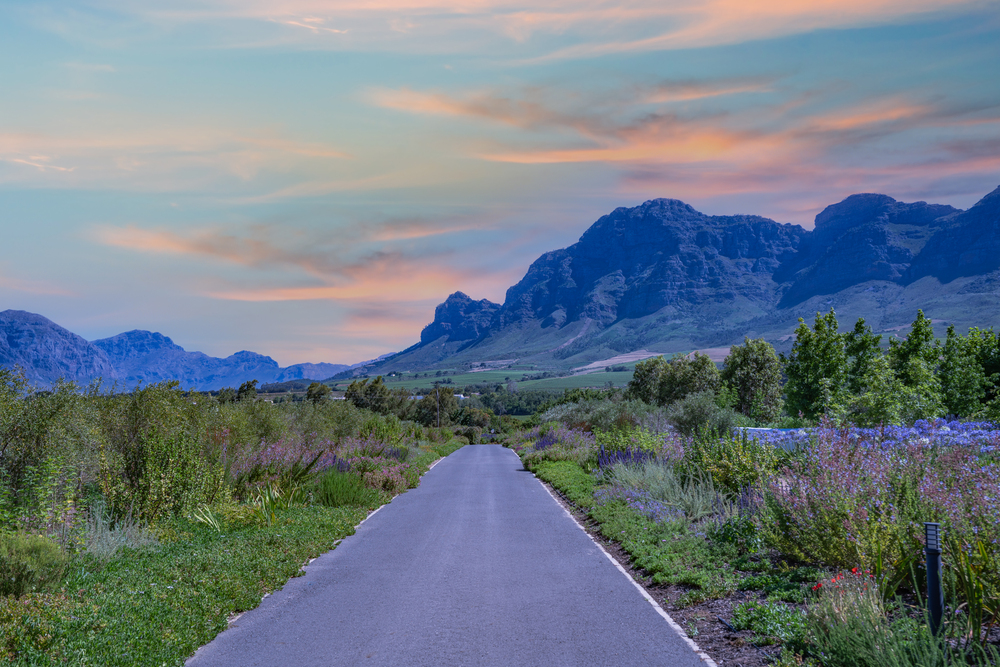
Situated at the head of Oldedalen valley, this village of 500 residents faces complete isolation when glacier-fed valleys fill with snow and mountain passes become impassable. The community maintains traditional glacier monitoring techniques and avalanche prediction methods that have been passed down through generations of residents, who have learned to read weather and snow conditions.
Traditional wood carving and textile production provide both practical items and mental stimulation during the long isolation period.
Hellesylt
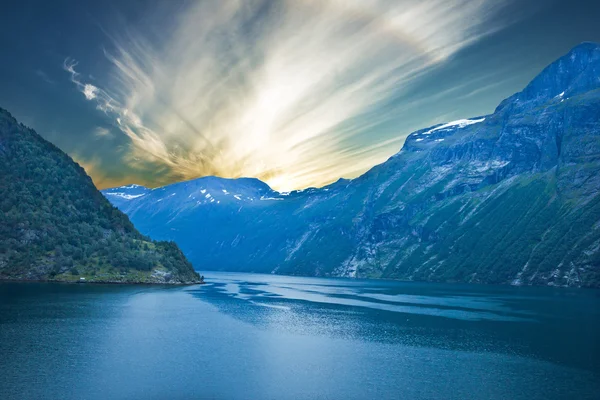
This village at the head of Sunnylvsfjord becomes isolated when the mountain roads accumulate snow and the dramatic waterfalls freeze into ice formations that make boat access dangerous. The 610 residents maintain traditional fish preservation techniques and operate community wood lots that provide heating fuel throughout the winter.
The village coordinates shared child care and education systems that ensure children continue learning even when schools cannot operate normally during periods of isolation.
Like Travel Pug’s content? Follow us on MSN.
Skjolden
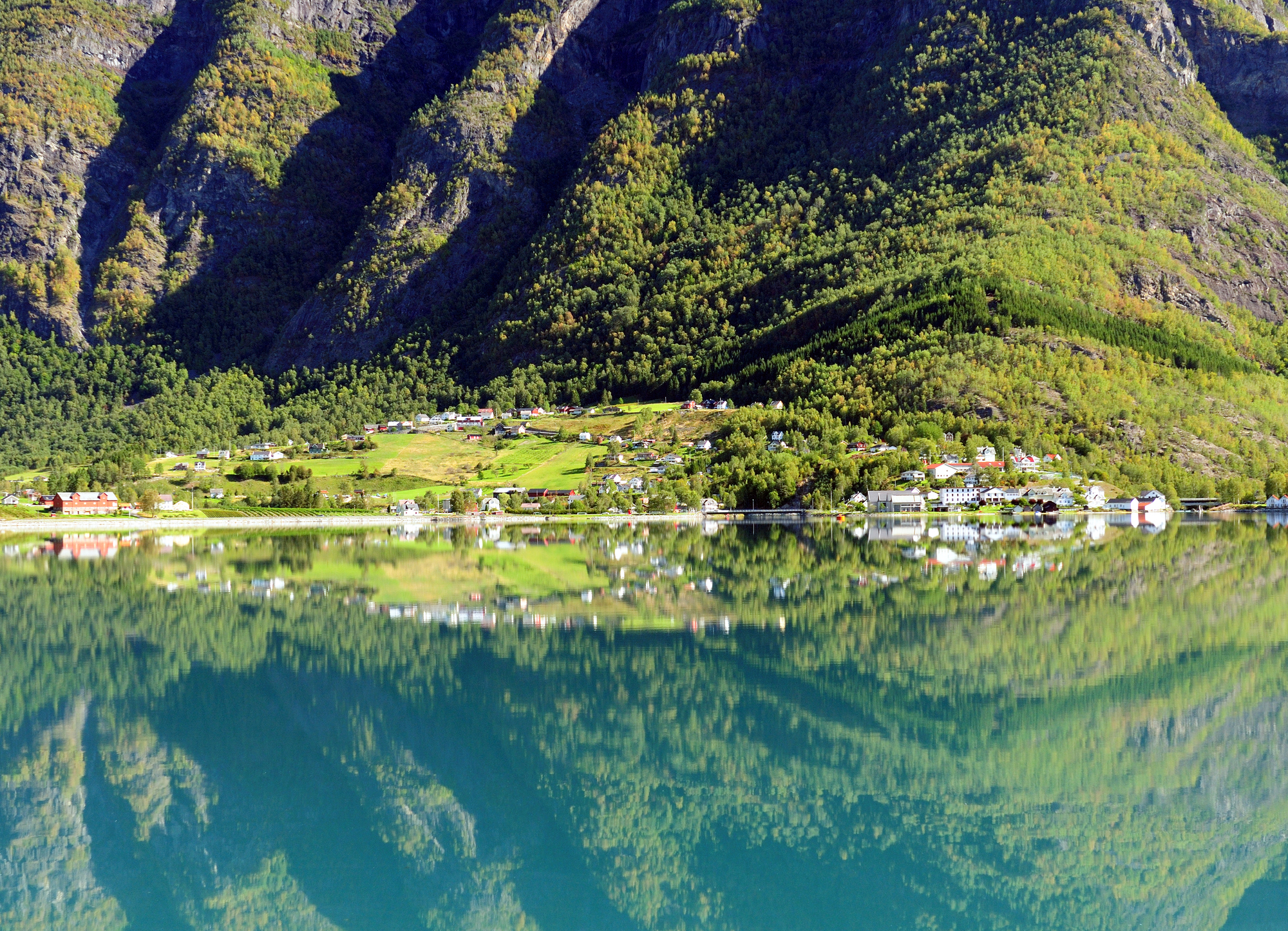
Located at the innermost reach of Lustrafjord, this village of 200 residents becomes completely cut off when the mountain passes close and the fjord develops ice conditions. The community maintains traditional stave church heating systems and operates a cooperative food storage system that ensures the fair distribution of preserved goods throughout the isolation period.
Residents coordinate traditional storytelling and music sessions that maintain cultural traditions while providing social connection during months of darkness and isolation.
Øye
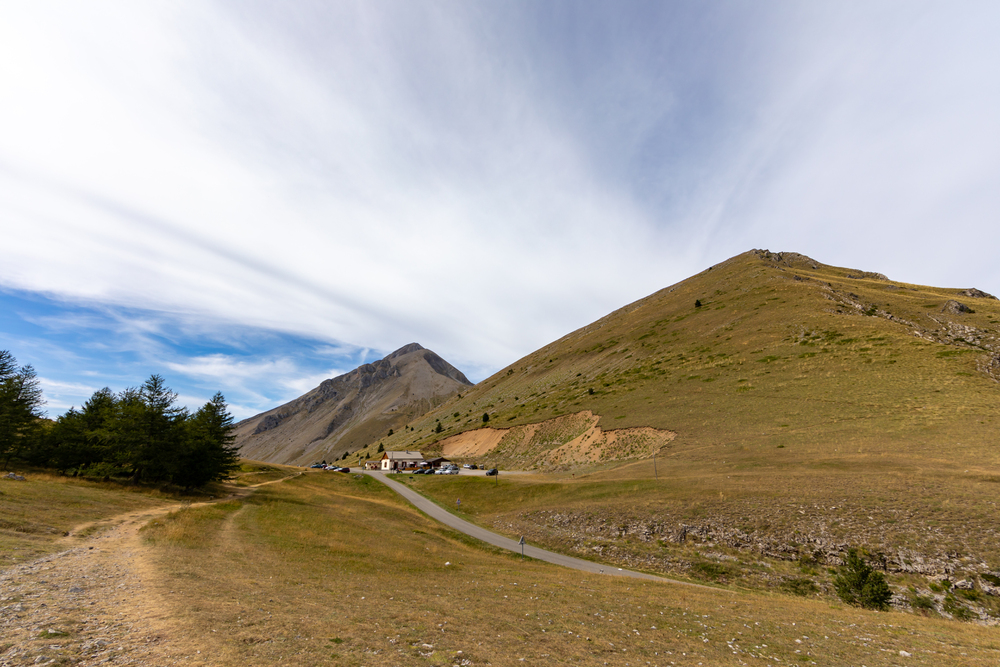
This historic village becomes isolated when the dramatic Hjørundfjord develops ice formations, and mountain passes accumulate snow, making road access impossible. The 50 residents employ traditional farming techniques, adapted to short growing seasons, and preserve enough food to sustain the community throughout extended isolation periods.
The village operates a traditional weather monitoring system where residents track conditions and maintain emergency supplies based on local knowledge accumulated over generations.
Valldal

Situated in a narrow valley leading to Norddalsfjord, this village of 800 residents faces isolation when avalanche conditions make the mountain roads impassable and ice formations block fjord access. The community maintains traditional strawberry farming and preservation techniques that provide vitamin sources throughout winter, while residents coordinate snow removal efforts using traditional methods supplemented by modern equipment.
The village maintains emergency medical training and equipment, allowing residents to handle health crises during isolation periods.
Like Travel Pug’s content? Follow us on MSN.
Eidfjord
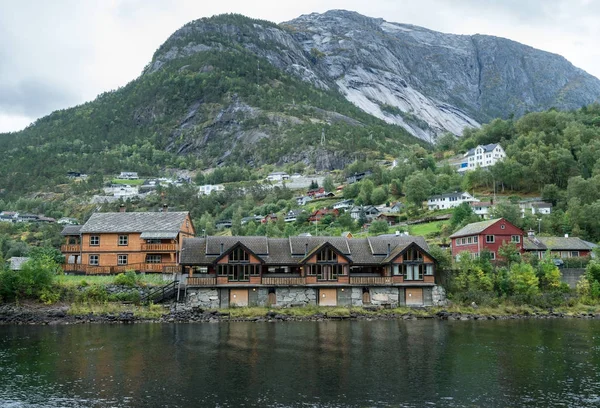
This village at the head of Hardangerfjord becomes cut off when mountain passes accumulate extreme snow depths, and ice conditions make boat travel dangerous. The 950 residents maintain traditional fruit preservation methods from the region’s famous orchards and operate cooperative heating systems that efficiently share wood resources.
The community has developed elaborate emergency protocols and maintains shortwave radio networks that can coordinate helicopter rescues in the event of medical emergencies during isolation.
Tyssedal
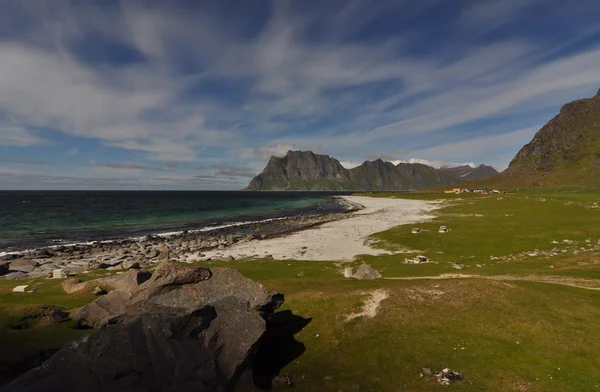
Located in a narrow valley leading to Sørfjord, this former industrial village of 700 residents faces isolation when the mountain roads become impassable and fjord ice prevents boat access. The community maintains traditional hydroelectric systems and operates wood-burning heating cooperatives that provide warmth throughout the isolation period.
Residents coordinate traditional food preservation and maintain emergency supply networks that ensure everyone has access to necessary provisions during extended helicopter supply interruptions.
Røldal
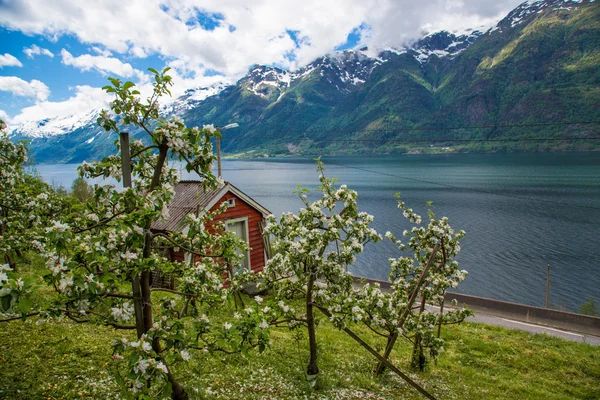
This mountain village, located near Hardangerfjord, becomes completely isolated when extreme snow accumulation blocks all road access and avalanche conditions make helicopter landings hazardous. The 350 residents maintain traditional skiing techniques for local transportation and operate community heating systems using wood from carefully managed local forests.
The village coordinates traditional winter sports and indoor crafts that provide physical activity and mental stimulation during months of complete isolation.
Like Travel Pug’s content? Follow us on MSN.
Sunndal
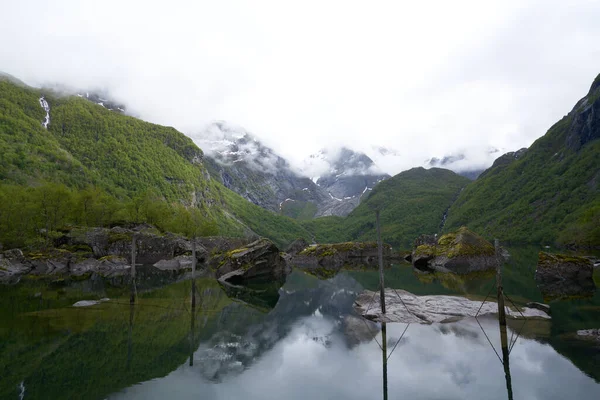
Located in a narrow valley leading to Sunndalsfjord, this village of 4,200 residents can become isolated despite its size when extreme weather conditions make mountain passes impassable and ice formations block fjord access. The community maintains traditional salmon preservation techniques and operates emergency services using snowmobiles and cross-country skiing for transportation.
Residents coordinate neighborhood support networks and maintain traditional forms of entertainment that help sustain community morale during isolation periods.
Tafjord
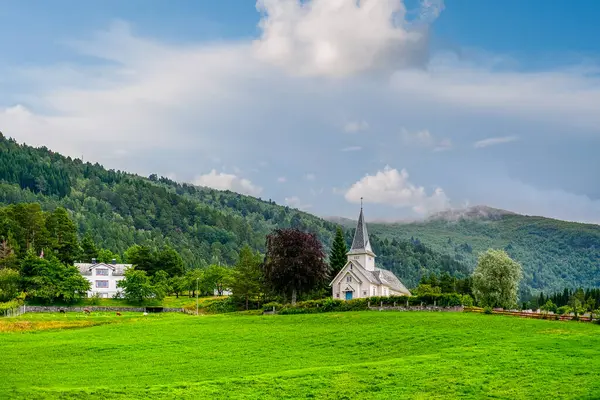
This small village becomes cut off when the narrow mountain roads accumulate snow, and avalanche conditions make travel impossible, while ice formations block boat access to Storfjord. The 200 residents maintain traditional fishing techniques adapted to winter conditions and operate cooperative food storage systems that ensure fair distribution throughout the isolation period.
The community coordinates traditional music and storytelling, which maintain cultural connections while providing social interaction during the months of darkness.
Lyngseidet
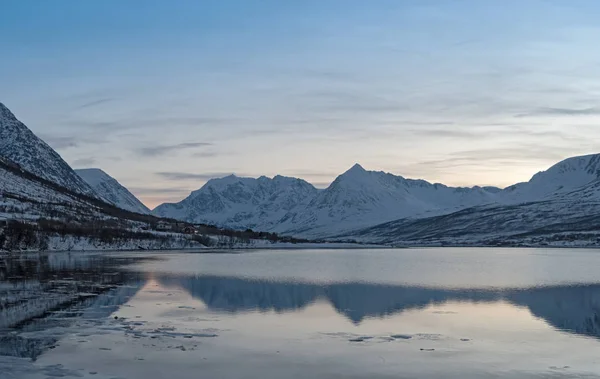
Located in a remote valley leading to Lyngenfjord, this village of 850 residents faces isolation when extreme Arctic conditions create impassable mountain roads and dangerous ice formations in the fjord. The community maintains traditional Sami reindeer herding techniques and preservation methods that provide a source of protein throughout the winter, while residents coordinate traditional crafts and cooperative heating systems.
The village operates emergency communication networks and maintains traditional navigation techniques, which allow for limited movement during isolation periods.
Like Travel Pug’s content? Follow us on MSN.
Survival Written in Snow

These Norwegian fjord villages represent humanity’s remarkable adaptation to some of Earth’s most challenging winter conditions, where geographic isolation combines with extreme weather to create months of complete separation from the modern world. Each community has developed sophisticated survival strategies that blend traditional Norwegian techniques with modern emergency preparedness, building resilient societies capable of thriving despite conditions that would challenge even well-equipped expeditions.
The annual cycle of isolation and reconnection shapes every aspect of life in these villages, from food preservation and energy management to social structures and cultural traditions that sustain communities through the long Arctic nights. Their continued existence demonstrates that humans can build sustainable communities even in places where winter transforms familiar landscapes into alien worlds of snow and ice, where survival depends on cooperation, preparation, and deep knowledge of natural patterns that have governed life in the fjords for thousands of years.
More from Travel Pug

- 20 Best Beach Towns in the Carolinas
- 13 Destinations Where Tourists Regularly Regret Their Trip
- 20 Destinations That Are More Magical Without an Itinerary
- 20 Underrated Adventures That Belong on Your Travel List
- 20 Cities Where You Should Just Wing It, No Planning Required
Like Travel Pug’s content? Follow us on MSN.N.
